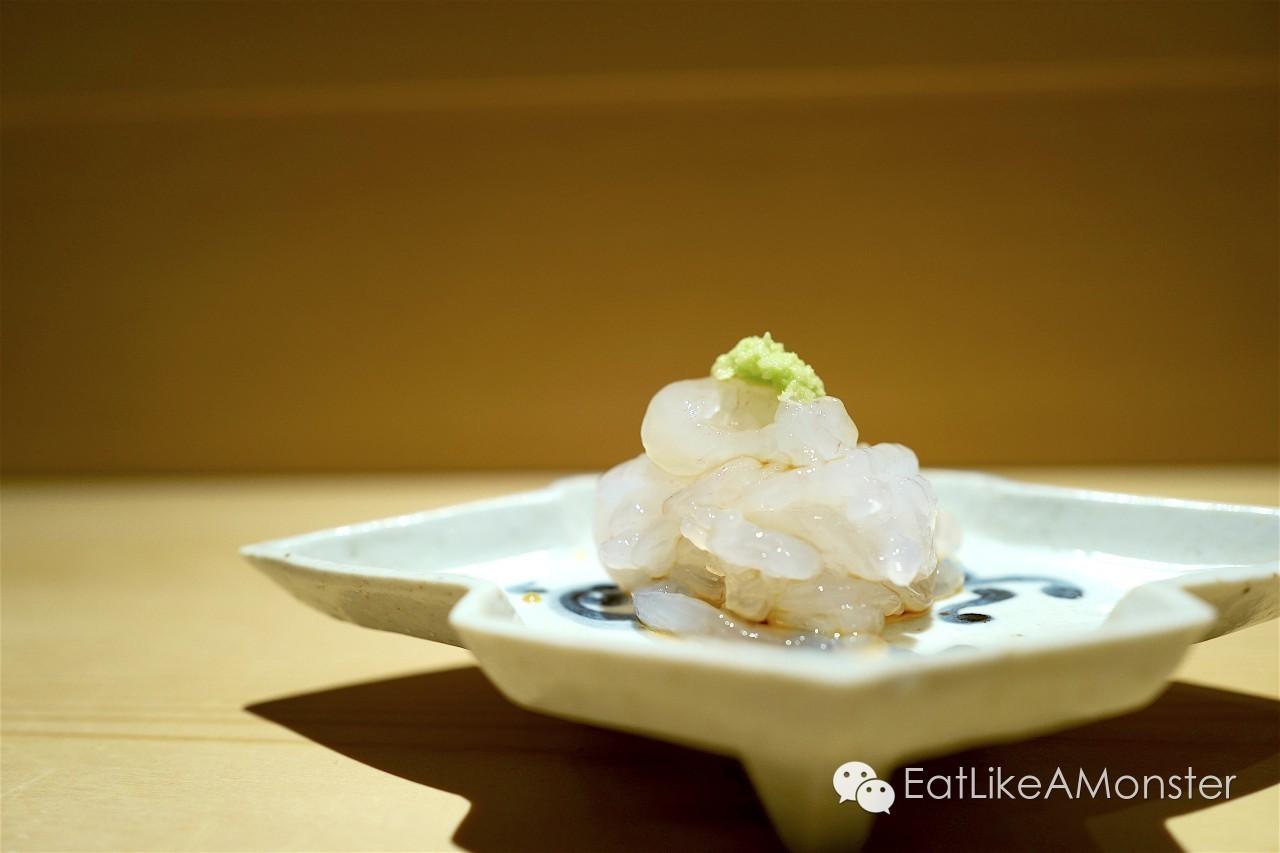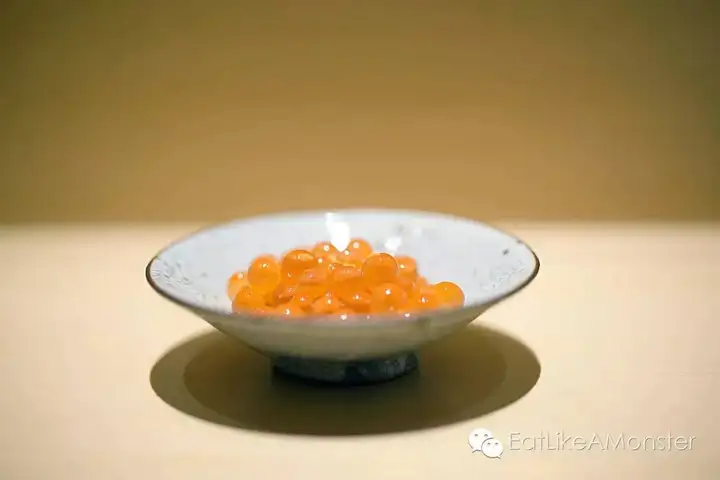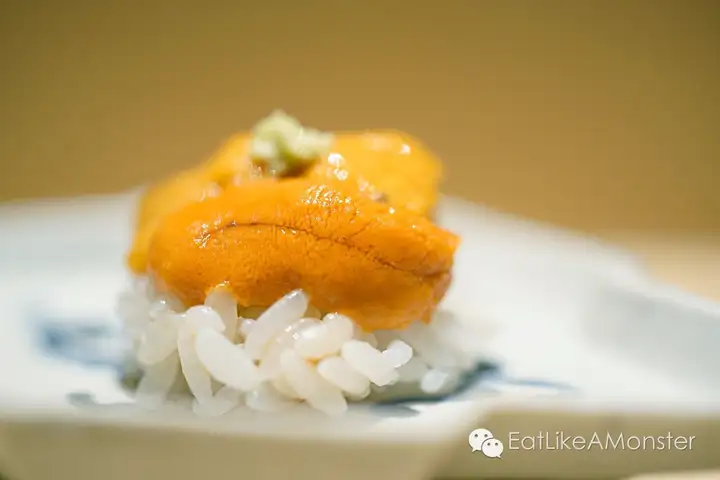Saito: The Ultimate Dining Experience - Why It’s the World’s Hardest Reservation
Although I generally dislike using overly sensational titles, the phrase “the hardest reservation in the world” fits Saito perfectly. It not only holds true but might even be an understatement.
Ever since people found out I dine at Saito monthly, the most frequent question I get is: How do you get a reservation at Saito?!?!?!
Here’s the conclusion upfront: Unfortunately, it’s about 99.9% impossible.
Because for the foreseeable future, Saito is fully booked.
Regulars have established a routine, visiting on fixed dates and times, with even their neighbors at the counter remaining the same. The craziness of Saito’s reservation system lies in the fact that the number of people wanting to become regulars far exceeds the available seats at Saito. This doesn’t even account for the regulars’ friends, those trying to use connections, and the food enthusiasts ready to fly in at a moment’s notice just to dine there.

Simply put, those who can secure a reservation at Saito don’t really need to “book,” and those who can’t should prepare for a long battle. From the first time people hear Saito’s name to actually dining there, it typically takes about three to four years, which is considered the shortest time frame.
At the beginning of the year, Saito moved from Akasaka to its current location. Besides the main counter where Saito himself presides, a side room with another counter has also been set up and is now operating daily. This increases the chances slightly, but I’m sure most people want to experience Saito’s personal craftsmanship.
Sushi Kanesaka Akasaka
Before the move, Saito was called “Sushi Kanesaka Akasaka,” only adopting his own surname for the store name this year.
Kanesaka refers to Saito’s training ground, the sushi restaurant “Sushi Kanesaka” in Ginza, which is crucial for understanding a particular school of thought. While Saito has earned three Michelin stars for seven consecutive years, making him incredibly famous, he did not pioneer his own style; his mentor, Kanesaka, did. People refer to the “Jiro school” and the “Kanesaka school,” but not the “Saito school.”
Why mention this? Because I believe that those who favor the “Jiro school” and those who favor the “Kanesaka school” have two entirely different aesthetics when it comes to sushi.
They have different views on what makes good sushi.
Fans of the Jiro style, simply put, are a bit geeky. They pursue technique and the excellence of the food itself, willing to sacrifice the dining experience for consistently good sushi, believing that good food and a good dining experience are separate matters.
Fans of the Kanesaka school have a more homey feel, viewing sushi as a food for everyone, not to be made overly exclusive (including price). They usually seek the combined effect of good food and a good experience, both essential.
This foundation is why Saito is so popular, as he nails this “combined effect” perfectly.
Appetizers (Otsumami)
In sushi restaurants, dishes without rice but featuring seafood are called appetizers, including sashimi, steamed fish, simmered fish, and grilled fish.
Most high-end restaurants now offer omakase, meaning the chef decides the menu. High-end sushi omakase generally falls into two categories: appetizers first, followed by sushi (like Saito, Aozora, and most sushi restaurants); and a mix of appetizers and sushi, with “Sushi Sho” as a typical representative. There are also a few exceptions, such as pure sushi menus like Jiro.
When evaluating a sushi restaurant, we usually consider two parts: the quality of the appetizers and the quality of the sushi.
Everyone knows that Saito’s appetizers are top-notch.
Objectively, I believe Saito’s appetizers rank among the top two in Tokyo. I can’t pinpoint the other one because there might be some places I haven’t been to, or others that do well, so I leave room for possibility.
The appetizer menu changes with the seasons. Among Saito’s year-round menu items, several dishes can be described as “outstanding” and “unmatched,” such as salmon roe, white shrimp, simmered octopus, and grilled conger eel.

White Shrimp

Salmon Roe

Simmered Octopus

Migratory Bonito

Grilled Conger Eel
Friends often describe Saito’s appetizers as so good they bring people to tears, and the above dishes exemplify this.
Whether it’s the consistently exceptional simmered octopus or the seasonal salmon roe and grilled conger eel, they are indeed the best in Tokyo. They are straightforward and accessible, requiring no fine dining background to appreciate; anyone who tries them will fall in love. I can’t believe anyone would say no to Saito’s appetizers—they are simply too delicious.
People often ask me, “Which sushi is the best?” It’s hard to answer, but if asked, “Where are the best appetizers?” even though Saito may not be my personal favorite, I must say, without a doubt, it’s Saito.

Saito’s Seasoning is Unmatched
It is just the right balance of flavors. Take the fresh salmon roe, for instance, seasoned with yuzu instead of soy sauce. The balance of sweet, salty, sour, fresh, temperature, moisture, stickiness, aroma, texture, and aftertaste is so perfect that it leaves nothing to be criticized.
The style of seasoning determines the size of the customer base, which in turn affects the restaurant’s reputation.
For example, I think Aozora’s appetizers are excellent because of their unique style. His bonito and salmon have strong flavors, which those who appreciate will love to death, but those who don’t might never return. It’s hard to describe Aozora as “moderate.”

Saito is Very Popular
I used to think that catering to the masses lacked style, but after experiencing many unimpressive sushi restaurants that didn’t dare to step out of the comfort zone of popular flavors, I realized how difficult it is to make popular tastes so universally appealing.
Standing out in the largest market requires more persistent effort than leading in a niche market.
Sushi
If Saito’s appetizers are unrivaled, his sushi has many “flaws.”
For instance, I can’t accept that he pre-slices all the fish and lines them up before making sushi.
The primary issue is the oxidation of the fish, leading to a decline in quality.

Everyone knows Jiro’s “three-second rule”: sushi must be eaten immediately after it’s made. At Jiro, sushi and fish are handled one by one, not all at once.
To say the difference in texture is substantial might be an overstatement, but fine dining demands precision down to the second.

However, don’t misunderstand; the lack of precision isn’t because he doesn’t want to, but because he can’t.
Often, the lack of finesse is a technical issue.
Pre-slicing squid, toro, and shrimp before making sushi is much faster than handling them one by one. Saito’s counter has eight seats, and the meal must be finished within two and a half hours. Hence, ingredients must be prepared in advance; otherwise, there isn’t enough time. Even though Saito concentrates on making sushi without much chatting, it still takes this long, highlighting the technical gap.
Making sushi is a process of accumulating experience. No matter how talented, one needs to practice making each piece to improve. Saito has great potential to become even better.

Saito’s Sushi has a Beautiful Aesthetic
They are standard streamlined shapes, and their form and size are textbook-perfect.
Saito’s sushi also has a unique feature that other sushi restaurants don’t have.
When Saito places the sushi on the plate in front of you, it sinks slightly, like a tire losing air, dropping 5-6 millimeters.
Some sushi restaurants have a similar tendency, but none as pronounced as Saito’s. I think this is because Saito’s sushi has a high air content inside. Making sushi involves incorporating air into the rice, with the specific air feel depending on the balance of the neta (topping), its support, and the nature of the rice. Saito’s rice has low viscosity and is loose, so more air needs to be incorporated to make the sushi stand upright, giving it a bouncier texture.
Saito’s rice is highly seasoned, very dry, and has a strong personality. His mentor Kanesaka’s sushi is very accessible, but Saito has not inherited this style for his sushi, instead emphasizing his personal touch.
Yet, he cleverly uses some popular tricks. For example, when making toro, Saito holds the rice longer to raise its temperature, enhancing the melting sensation of the toro. People love the “melts in your mouth” experience.
Or when serving sea urchin, he presents it similarly, knowing how to capture people’s preferences.
I think Saito’s ambition shows in his sushi-making.
His role model is Jiro, not Kanesaka.
He is very focused on refinement, diligently making each piece of sushi. His stance when making sushi is very proper. Although he and Jiro have completely different styles, their pursuit of excellence is the same.

Value for Money and Commercial Success
Achieving the ultimate value for money within a price range makes a restaurant a leader in that bracket. All of Tokyo’s hardest-to-book restaurants follow this pattern.
In the 15k-20k range, it’s Do Sushi; in the 20k-25k range, it’s Saito. This applies to Japanese cuisine as well. Matsukawa, for instance, is unmatched in the 40k range, and Quintessence is the same.
Price is a crucial factor; it determines the upper limit of a restaurant’s quality.
Saito does have some misses, such as his abalone and sea urchin, which often
leave much to be desired. This isn’t a skill issue but purely a matter of cost. With a 25k budget, some ingredient quality must be sacrificed.
Therefore, I always felt Saito isn’t the finest of fine dining. Despite being the hardest sushi reservation to get, it’s essentially a great starting point for beginners.
I think Saito himself is well aware of this, so he puts a lot of effort into the “good food + good experience” route. By offering the best sushi you can get for 25k along with a “theatrical” dining experience, he creates a unique attraction.
Food, aesthetics, and experience—all are excellently executed, making this Michelin three-star well deserved.
Text by: Dayday
Photos by: Katie & Dayday